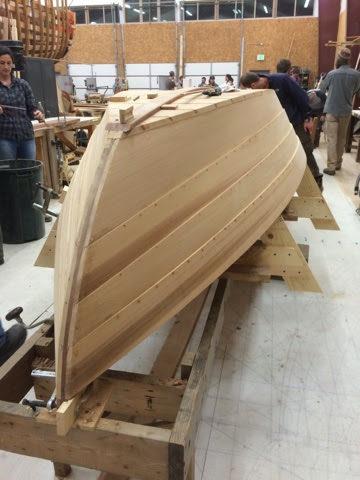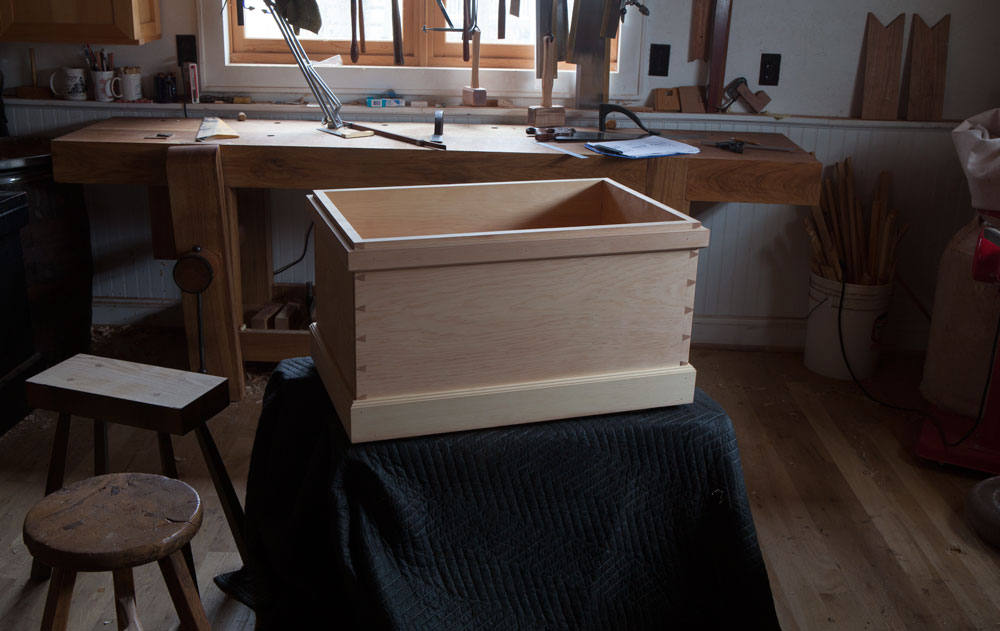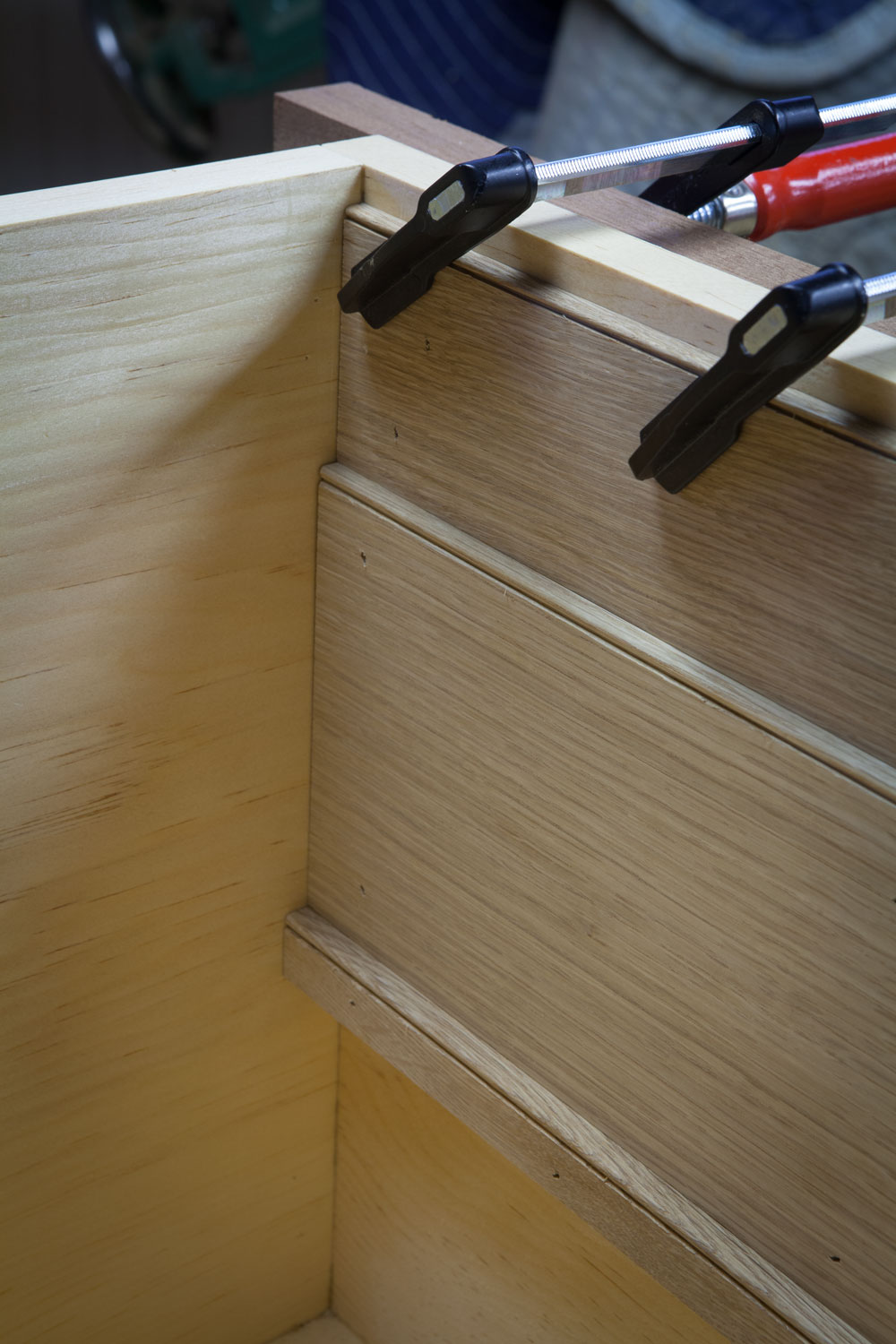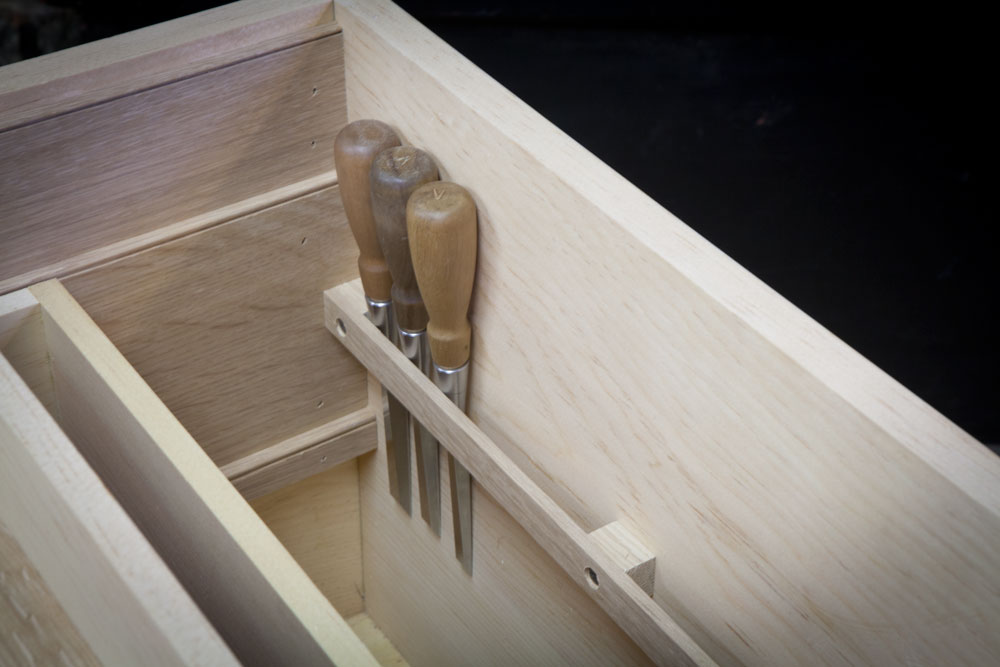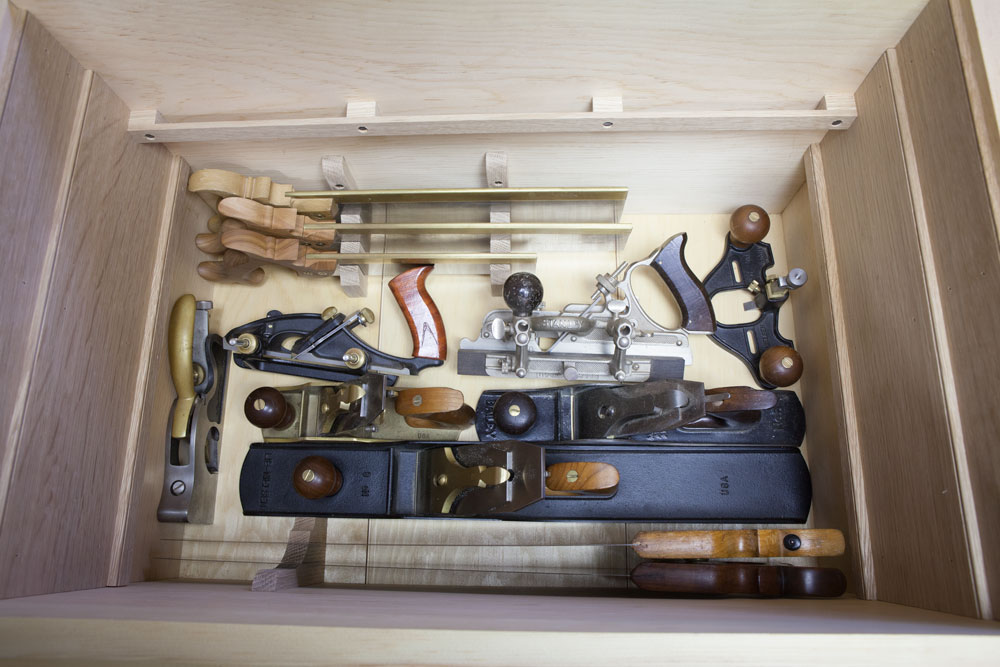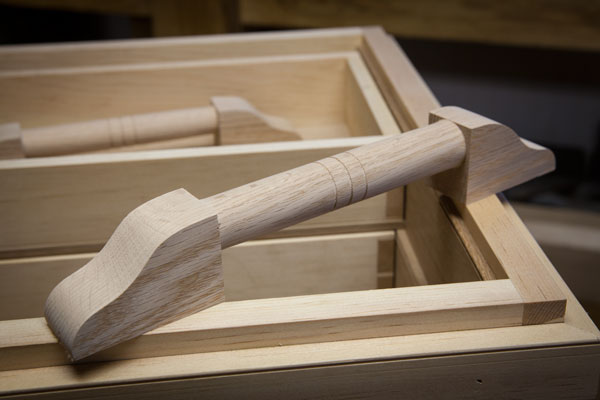As I have mentioned in earlier posts, one of the projects that I have been working on is completing the restoration of a Tregoning Skiff. Not much was known about this boat, so I did a little digging and found that the Museum of History and Industry (MOHAI) had some information in their archives on the Tregoning Boat Company. The archives are kept in a separate facility in South Seattle and are accessed by appointment only. I met with Carolyn, a librarian with MOHAI, and she escorted me into the research room where a box of the materials I had requested was waiting for me. After donning white gloves I was able to peruse through photographs, papers, documents and magazines relating to the Tregoning Boat Company. Some of the materials were original but most were items used by Frank J. Tregoning in writing the book "The Story of the Tregoning Boat Company: A Seattle business, a pioneer family and a little history."
The Tregoning Boat Company was originally established as the Proctor
Boat Company in approximately 1900 by George R. Proctor. In 1904, Proctor sold
the company to his brother-in-law Frank Tregoning, who renamed it the Frank
Tregoning Boat Company. The company primarily built steel-hulled boats, but
also designed and built yachts to order, including the Sans Souci II for D. G.
Schmitz, which was later commissioned to serve in World War I. In 1907, the
newly renamed Tregoning Boat Company moved from its original location on
Elliott Avenue to a location on Seaview Avenue in Ballard. Tregoning’s
best-selling boats were lifeboats which were used around the area and on all
the Puget Sound ferries. In 1918, the Tregoning Sawmill opened in Ballard
Beach, and in 1920, the Tregoning Sash and Door factory opened as well. The
factory manufactured the windows and doors for the Olympic Hotel in Seattle and
closed in 1926 after a large fire. Jim Tregoning, Frank’s son, took over the
ownership of the company in 1936. Under him, Tregoning became the largest West
Coast manufacturer of metal lifeboats during World War II. In 1946, the yard
was destroyed by arson, including the building containing the wooden boat shop,
a truck, a new 26’ boat, and other boats. Tregoning Boat Company became
Tregoning Industries in 1945, and designed a new seine fishing boat with a mast
design that soon became the industry standard. In 1952, Jim Tregoning began
working in management at the Seattle Shipbuilding and Dry Dock Corporation.

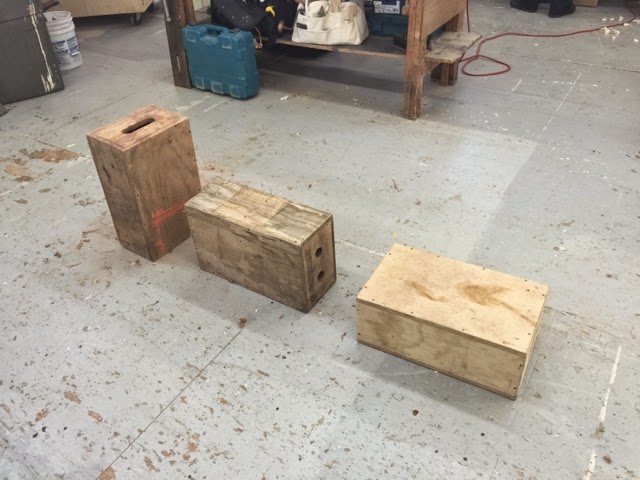
.jpg)
































